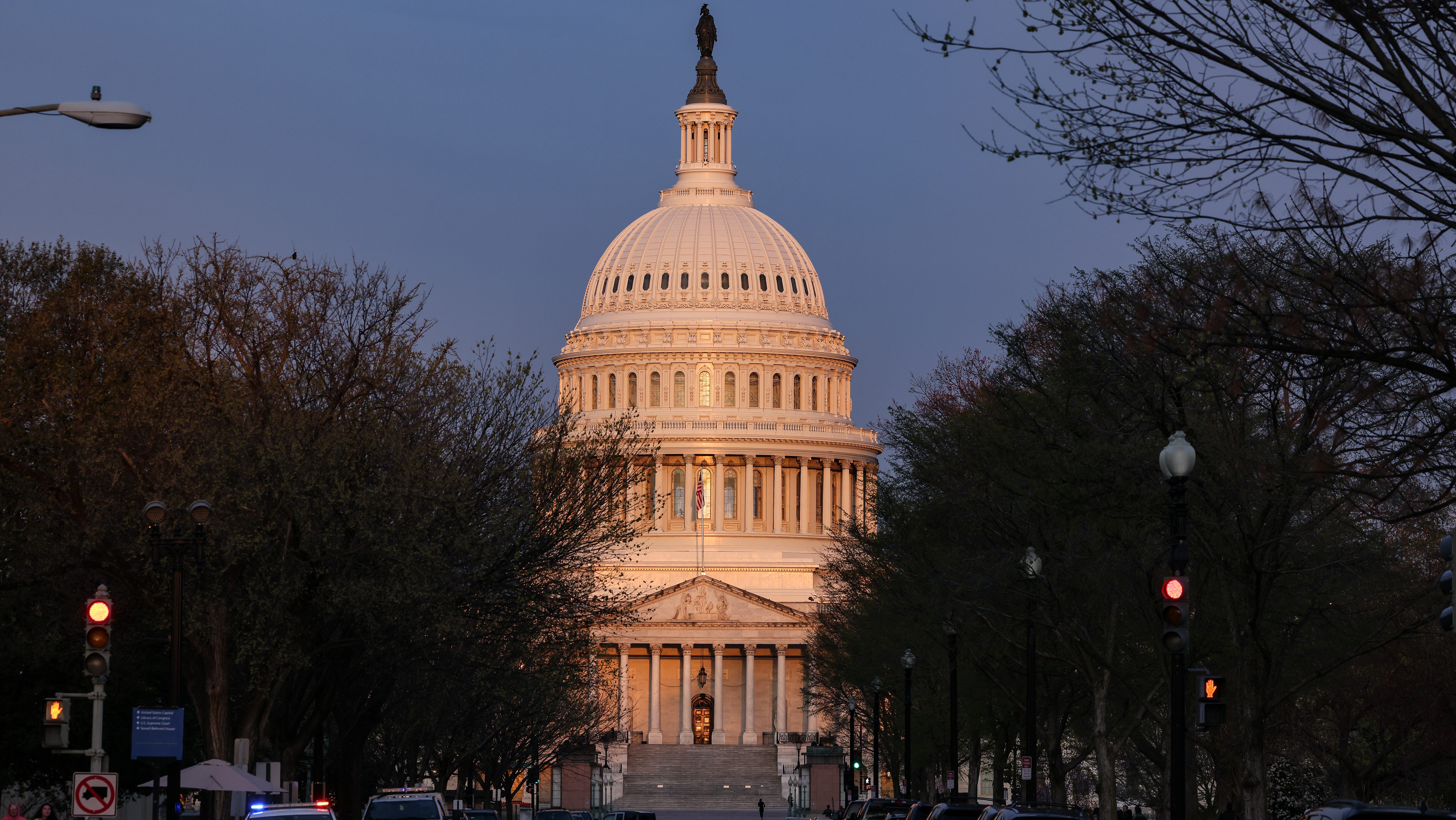If you could see a picture of yourself 40 years in the future, would it change the way you live today?
That’s the theory behind a new computer program, launched by Merrill Edge, a financial platform created by Bank of America. Face Retirement takes a picture of your face and reveals a photo of what you will look like in the "near-far" future—all the way up to age 107.
"The app was created to really provoke more Americans to plan more for their retirement," Nick Givogri, senior vice president of Merrill Edge, said.
Science seems to support the idea. A study at Stanford University last year showed that people who viewed their “future self” were more likely to put money in a retirement account.
"Essentially, what the study showed is that people that saw aged-enhanced images of themselves were twice as likely to save for retirement than people who did not," Givogri said. "It’s amazing what will happen when you just see an image of yourself in the future."
Next to the age-processed photos are statistics that show what the estimated cost of living will be when the user reaches retirement age. A harsh reality: in the year 2040, the average cost for a loaf of bread is predicted to cost $9.
"What the research showed is that people that were able to see what they looked like in the future, started to think about, 'Well, what do I need to be doing during that time?'" Givogri said.
U.S. & World
Merrill Edge said more than 450,000 people have taken a look at the app – which can be accessed using a webcam at the company’s website – since December and about 10 percent of those users shared their photo on Facebook.
So what resources do people have if they want to look into future planning options?
"They can open up an IRA account if they wanted to get started with retirement planning. They can find a financial advisor locally; we have over 300 finical advisors that sit in Bank of America Banking Center that can really help people in planning," Givogri said.
"I think a lot of it is that people think about the here and the now and those are the things they focus on, being able to make the monthly bills and do those types of things, but (the app) really starts to get you to think differently."
Click here to take a glimpse into your own "near-far" future.



